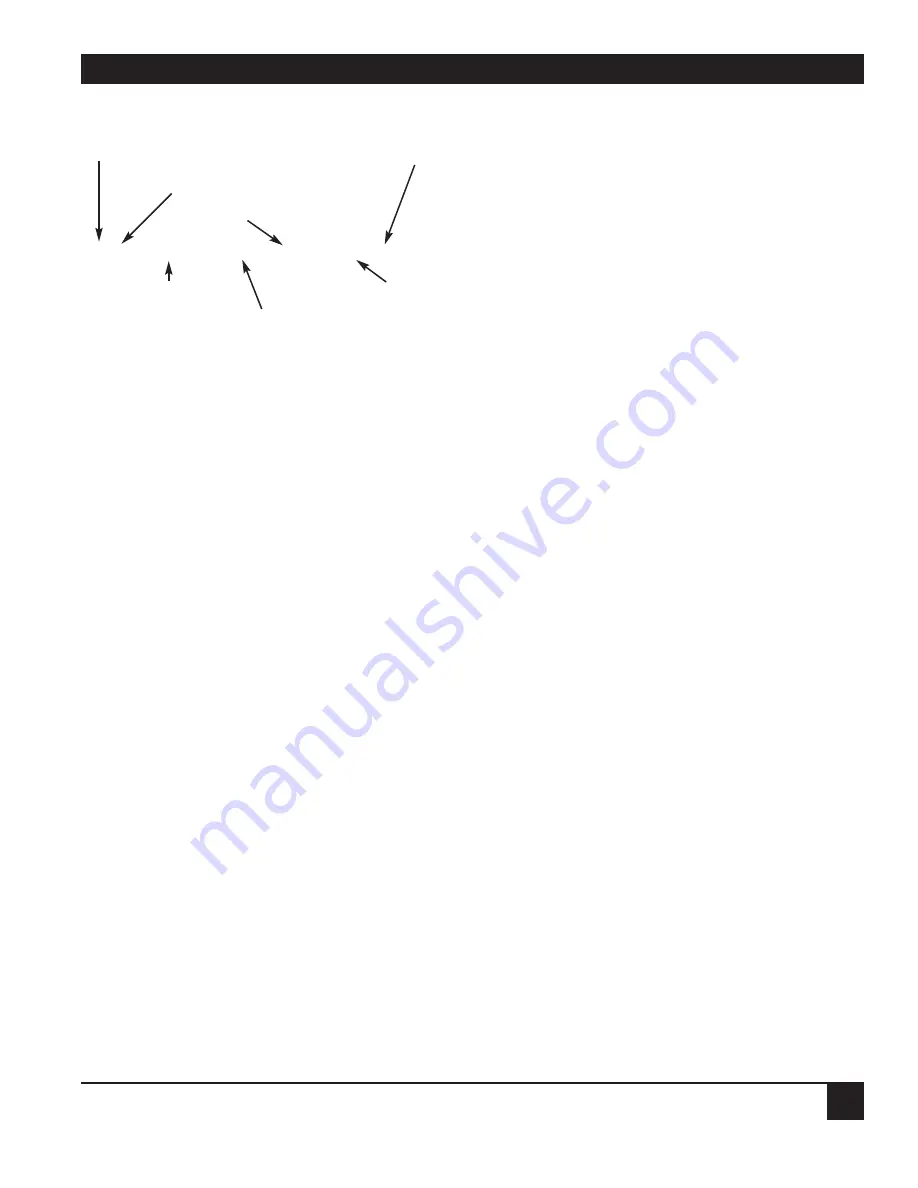
An example of one line of the short format is shown below. The long format contains the same
information separated by spaces.
1,05,15,JUL,95,14,10,5551212,00,04,21,0
17.9 Connection to a Computer or a Printer
To print records, the system must be connected to either a printer or a computer. The device used must
have an RS-232C port capable of receiving data at 9600 baud. The protocol is 8 bits, 1 stop bit, and no parity.
An IBM
®
compatible PC can be connected to the Phone Line Manager 16 x 4 using a straight (not a null
modem) cable. You can use the following procedure to retrieve Call-History records to your computer.
1. In Windows, enter the Program Manager window, then the Accessories window. Select the Terminal
icon.
2. Pull down the Settings menu and select “Communications.” Verify that the communication settings are
as follows. Change settings to match if necessary.
Baud Rate:
9600
Data Bits:
8
Parity:
None
Stop Bits:
1
Flow Control:
None
Connector:
Either COM1 or COM2, whichever corresponds to the RS-232 port being used
3. Pull down the Transfer menu. Select “Receive Text” file. Create a new text file named “CALLS.TXT.”
4. Once these steps are successfully completed, you are ready to receive call-history data. Enter the Call-
History output command. This writes the data to the text file. It then can be printed out directly in the
long format. Or you can import it in the short format into an accounting or spreadsheet program.
PHONE LINE MANAGER 16 X 4
53
Outside Line Number
Extension Number
Number Dialed
Date, Month, Year
Time (Hours, Minutes)
Duration of Call: Hours,
Minutes, Seconds
Number of Metering Pulses














































